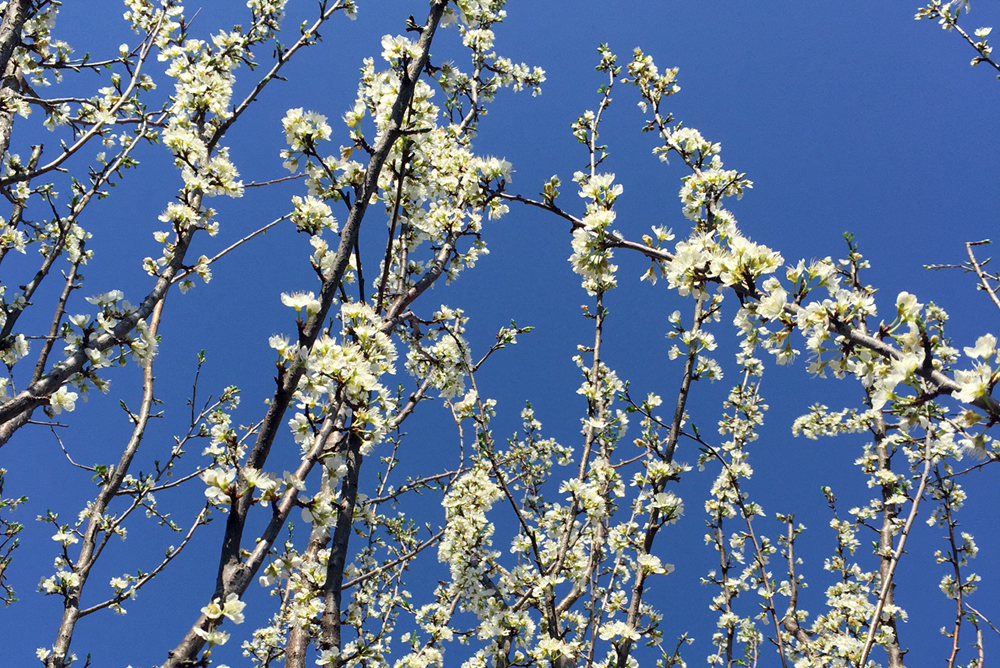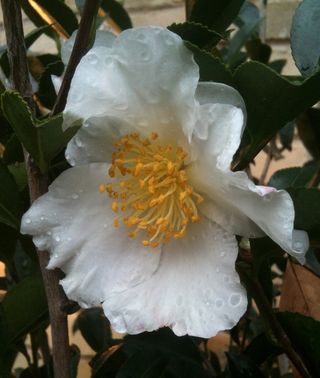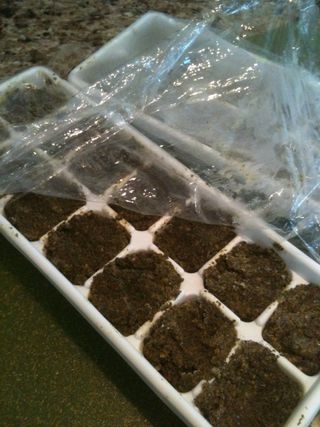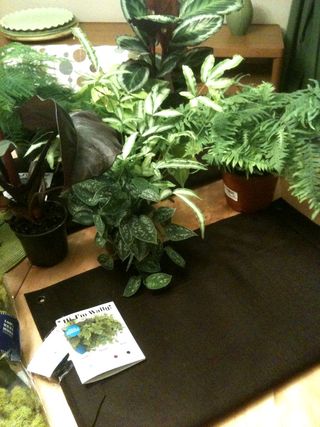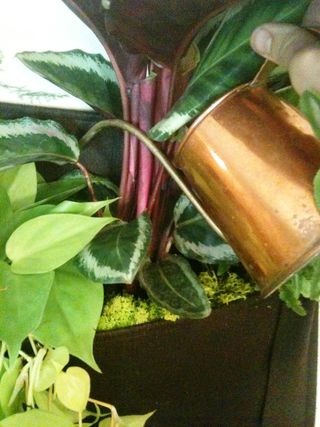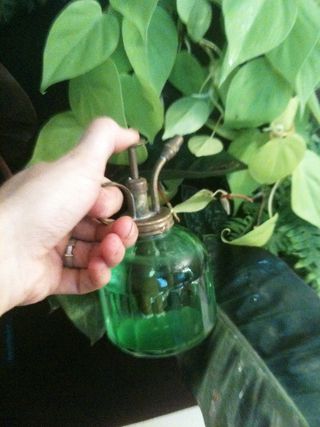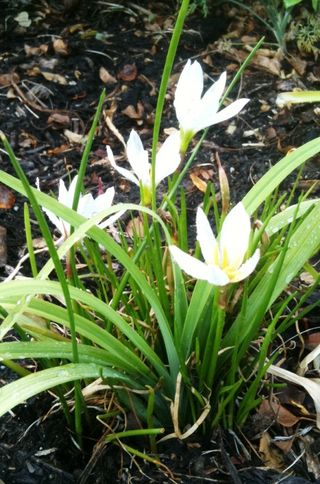December in Texas…what to plant now.
December 22, 2011
Some of you may be wondering what, if anything, you can plant right now in Texas. You might be surprised at your options! The standard answer is...LOTS.
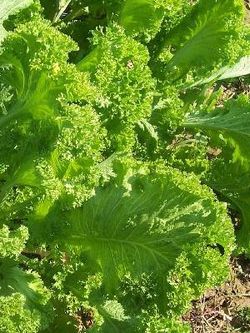
While some areas of Texas are colder than others right now, the main factor to take into account is whether or not your soil freezes in the winter. Generally, ours does not. That means you can continue planting all trees, fruit trees, shrubs, roses, perennials, perennial groundcover and cool season annuals and veggies. You can also continue planting cool-season color such as pansies, violas, snapdragons, Gerbera daisies (yes..I'm looking at some gorgeous ones on the nursery table as I type). The plants are far more protected from winter temps in the ground than they are in pots...so if they are out on the nursery table unprotected and still look great, well then you don't have much to worry about.
Best advice on what to plant when? Go to a real garden center. Home Depot, Lowes, Walmart are not real garden centers. A good garden center will have in-stock what you should be planting, at any given time during a season. They will also have expert staff that can teach you how to grow successfully.
Here is a list of what you can plant right now (it is not by any means comprehensive, but just a basic guide)
- Pre-chilled Tulip bulbs, Daffodils, Dutch Iris, Crocus, Iris, Hyacinth, Leucojum, Spanish Bluebells and more.
- Very cold hardy veggie transplants such as Kale, Broccoli, Mustard Greens, Spinach, Pak Choi (you can also seed spinach outdoors), Cardoon.
- Cool season and perennial herbs - Cilantro, Dill, Parsley, Oregano, Rosemary, Thyme, Curry, Mint and more.
- Perennials such as Salvias, Turk's cap, Scabiosa, Rudbeckia, Hellebore, Evergreen ferns, Leopard plant, Heuchera and much more.
- Pansies, Violas, Iceland poppy, Snapdragons, Alyssum, Gerber daisy, Dianthus, Cyclamen, Primrose
- Roses, Hollies, Indian Hawthorne, Nandina, Mahonia, Camellia, Yew,Passion vine, Carolina Jessamine, Cross Vine...much more.
- (Any container grown tree) Italian Stone pine, Atlas cedar, fruit trees (all), Japanese maples, Flowering trees (Mexican Plum, ornamental cherry, peach, etc) Shade trees (Maples, Oaks, Pistache, etc.)
There are many other plants that can go in the ground right now, but hopefully this will give you a place to start if you're hesitant about planting. And btw...get this material in the ground now, and you'll have a much easier time getting it through next summer. It can take a good year or two for new plantings to get established. The larger the plant material, the longer that new establishment period (a 2" caliper tree, will need about 2 years to root in...a 3" caliper tree will need 3 years, etc. Shrubs, roses, perennials, etc. need a good year-2 years).
Have some frost cloth on hand to protect newly planted herbaceous plants if we're going to have a hard freeze.

